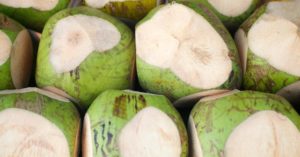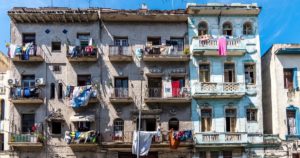The introduction of commodities into the market has interesting implications concerning Carl Menger’s value imputation. The subjectiveness behind this approach illustrates that marginal utility analysis may be used in the explanation of the price phenomena of a commodity, or more specifically, the price phenomena of a new item into the market.
In the imaginary construction of Robinson Crusoe’s island, in which there is a community that does trade among a few individuals—for example, ten—there would be a primary number of commodities. For instance, products like bananas, coconuts, rocks, and river water would be among the goods these economizing agents may use. These uses, of course, would vary among the ordinal preference of each economic agent that lives on the
Articles by Carlos Martinez
More than Sixty Years after “Liberation,” Cuba Is a Communist Slave State
July 13, 2022In his book Anarchy, State, and Utopia, Robert Nozick has a chapter named “The Tale of the Slave” in which he explains the nine phases from the most restrictive to more liberating states of slavery. He writes that even though enslaved people have certain forms of self-rule, they are still enslaved. He asks: “Which transition from case 1 to case 9 made it no longer the tale of a slave?”
Nozick’s question highlights that there is no difference between people under indentured servitude and people who have certain liberties that an owner can take away at any time. Both are enslaved people who must respond to a master; it is just a matter of degrees of serfdom.
Nozick could be describing current Cuban political phenomena and social intercourse. Although Cubans have


